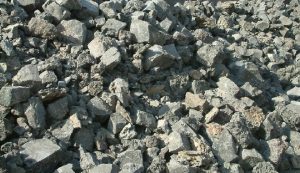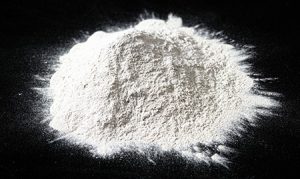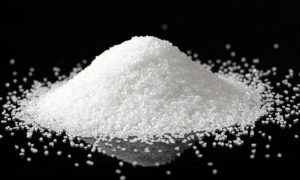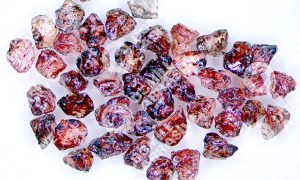Home / News & Blog / Abrasive Blog / Twin Stars in Abrasive: In-depth Comparison of White and Brown Fused Alumina Properties and Uses
White fused alumina and brown fused alumina are two common industrial abrasives that are widely used in grinding and polishing. They are mainly composed of aluminum oxide (Al₂ O₃), but due to differences in production processes and raw materials, there are significant differences between them in terms of properties, applications, etc. The following is a comparative analysis of white and brown fused alumina:


White fused alumina: It is made of high-purity aluminum oxide powder as raw material and melted at high temperatures by an electric arc furnace. Its alumina content is up to 99% or more while containing a small amount of iron oxide, silicon oxide, and other components.
Brown fused alumina: It is mainly made by melting and reducing bauxite, carbon materials (such as anthracite or coke), and iron filings in an electric arc furnace. Its main chemical composition is also aluminum oxide (Al₂ O₃), but the content is slightly lower than that of white fused alumina, generally between 94.5% and 97%, while containing a small amount of iron, silicon, titanium, and other elements.


White fused alumina: It is white or light grey in color, with a compact crystal structure, and the particles are mostly spherical with a smooth surface.
Brown fused alumina: The color is brown or dark brown, the particles are of various shapes, but the surface is equally dry and has good appearance characteristics.


White fused alumina: It is made of aluminum oxide powder as raw material, cooled, crushed, and sieved after high-temperature melting in an electric arc furnace. The production process focuses on controlling temperature and time to ensure product quality. White fused alumina is available in the following sizes: segmented sand, grit sand, fine powder, and micro powder.
Brown fused alumina: After grinding, sieving, and washing, the raw materials are mixed with caustic soda and lime and then made by melting and reducing in an electric arc furnace. The production process is relatively complex, but the quality of the finished product is stable. Brown fused alumina specifications include F-sand, P-sand, and W-micro-powder, as well as segmented sand and fine powder specially designed for refractory materials, making brown fused alumina more comprehensive in terms of specification selection.
|
Performance/Characteristics |
White fused alumina |
Brown fused alumina |
|
hardness |
Very hard, with a Mohs hardness close to 9.0 |
Mohs hardness is 8.9, but slightly lower than white fused alumina |
|
Toughness |
Relatively low |
Relatively high |
|
Resistant to acid and alkali corrosion |
Excellent, chemical inertness |
Good |
|
Heat-resistant |
Stable thermal performance |
Good thermal stability |
|
Self-sharpening |
Excellent, sharp cutting edges |
Moderate |
|
Grinding efficiency |
High, suitable for precision machining |
High, suitable for various processing scenarios |
|
Mobility and stacking density |
Excellent, contributes to even distribution |
Moderate, varies according to particle size |
White fused alumina: It is suitable for grinding fine-grained abrasives such as high-carbon steels, high-speed steels, and stainless steels, as well as precision castings and advanced refractory materials. In addition, white fused alumina micro powder is also the best alternative to terrazzo flooring due to its excellent impact and point load resistance.
Brown fused alumina: Widely used due to good grinding performance, wide application range, and low price. Mainly used in the manufacture of ceramics, resin high solidification abrasives, as well as grinding, polishing, sandblasting, precision casting, etc., can also be used in the manufacture of high-quality refractory materials. In the field of sandblasting, brown fused alumina has become an ideal environmentally friendly abrasive due to its moderate hardness, high packing density, and absence of free silica.
White fused alumina has higher purity, hardness, and self-sharpening properties and is suitable for grinding and polishing of high-precision, high-hardness materials for applications requiring high cleanliness and corrosion resistance.
Brown fused alumina, on the other hand, offers better toughness at a lower cost and is suitable for general metalworking and large roughing operations.
Therefore, full consideration should be given to specific application scenarios and requirements when choosing which abrasive to use. For example, white fused alumina may be more suitable for scenarios requiring high hardness and precision machining, whereas brown fused alumina may be more suitable for scenarios requiring good toughness and a wide range of applications.